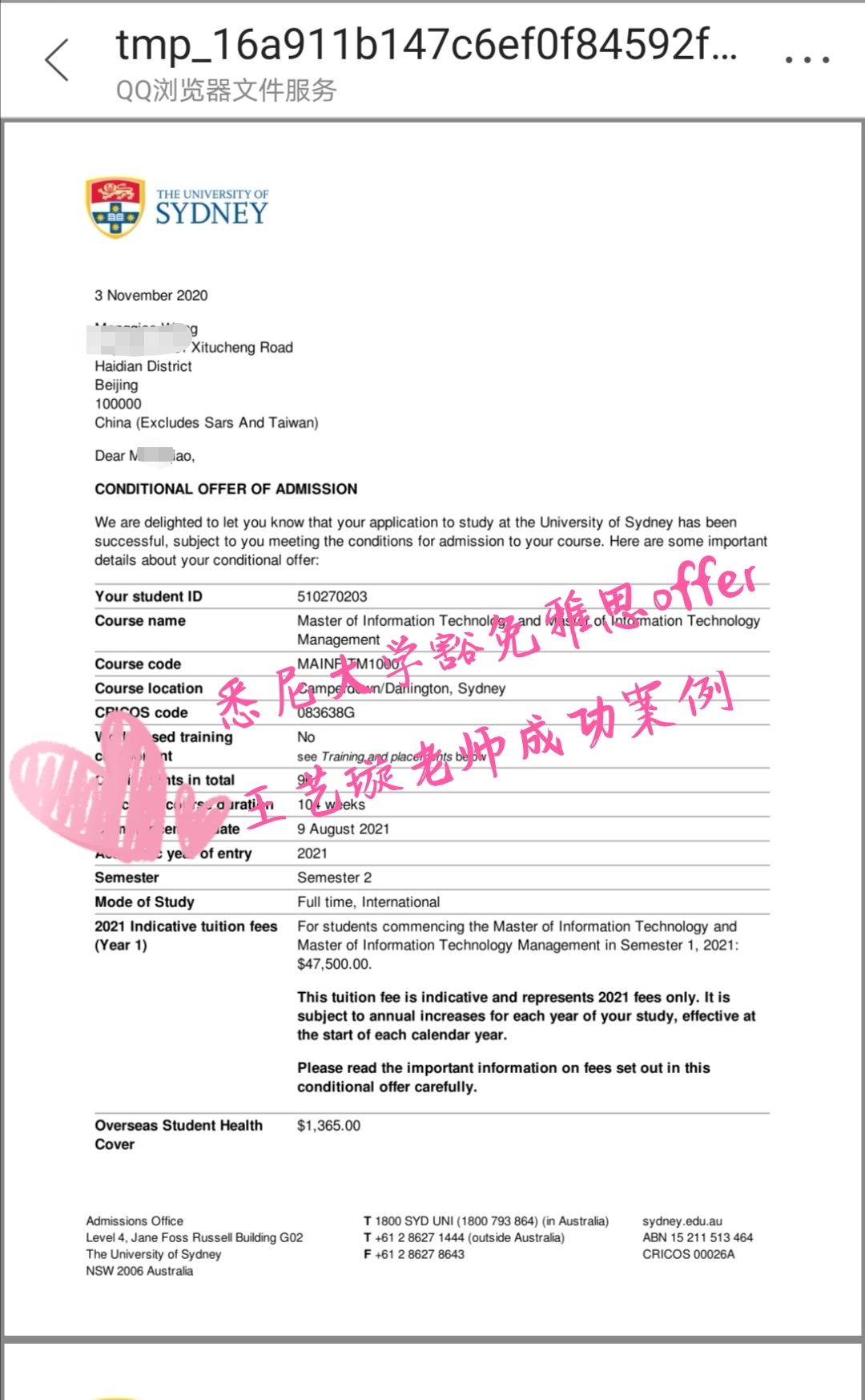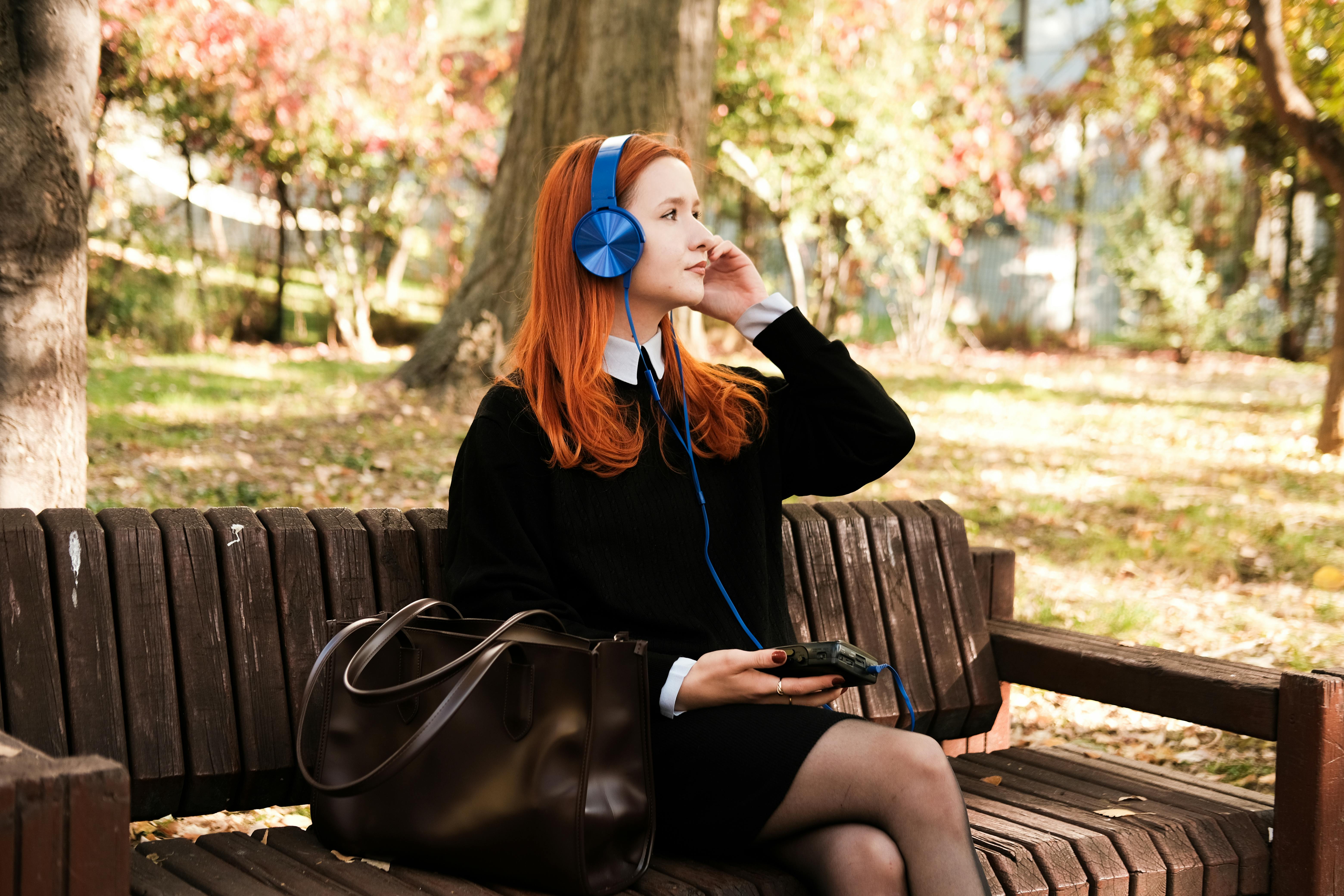3月25日雅思笔试答案+回忆(大陆卷
2017-03-25 3469阅读
听力
Section 1:婚礼酒店选择
1. Bridge
2. Conference
3. Old fashioned exterior - C
4. With own big garden - B
5. Inconvenient location - B
6. Good choice of menu - A
7. Limited car parking - A
8. 4800
9. Coffee / buffet
10. Cornell
Section 2:垃圾回收
11. Waterproof
12. Building / wood
13. Overfill
14. Heavy
15. Open
16. Traffic
17. 4 weeks
18. Stones
19. District
20. plastic
Section 3:讨论presentation
21. References
22. Examples
23. Next seminar
24. Explain the experiment
25. 26th of November
26. Chemistry lab
27. Professor
28. A. Communication skills
29. C. Inter-course analysis
30. F. Psycholinguistics
Section 4:美国沼泽地的生态
31. Ocean
32. Depth
33. Plants
34. Rice
35. A. The ocean of soil
36. B. The place which is ‘less walked’ misses something
37. B. One’s residential purpose
38. A. Water level is too high
39. Shellfish
40. Spring
阅读
Passage 1:室内污染的研究
Passage 2:艺术家的指纹
Artist Fingerprints
A. Works of art often bear the fingerprints of the artist who created them. Such crucial evidence usually goes unnoticed even by connoisseurs, art experts and conservators. If present, such evidence could be valuable in clarifying questions about authorship and dating.
B. The use of the term forensic usually contains elements like crime, legal procedure or academic rhetoric. Our objective, however, is not to see who committed a crime but rather who committed the work of art in question and to put forward evidences sound enough to stand up to professional scrutiny. The value of such evidence is extremely high as the probability for the existence of two identical finger impressions from different individuals is nil and no such occurence has ever been noticed in any part of the world at any time. The science of fingerprint identification is based on that accepted fact.
C. The unique character of ridges on our hands has been recognized for thousands of years. The study of ancient pottery for example reveals the utilization of fingerprint impressions in the clay as a maker's mark. In prehistoric times, we find examples of hand prints in cave painting. Only as recently as 1858 did Sir William Herschel establish its use for identification. In 1888, Sir Francis Galton underttook to refine and formulate Herschel's obervations. Identification by fingerprint was first adopted in England in 1905 and received general acceptance worldwide in 1908.
D. The combination of a number of characteristics in a given finger impression is specific to a particular print. The placing of implicit reliance on fingerprint evidence by our courts of law has always been on the assumption (now accepted as a fact) that no two fingers can have identical ridge characteristics. Galton's mathematical conclusions predicted the possbile existence of some 64 billion different fingerprint patterns.
E. Artists in the area of the visual arts use their hands for creation. Their tools, such as brushes often isolate them from the surface they are working on. Inaccurate deposits of paint are often corrected by modeling with the fingertip. Some artists used the fingertip to soften the marks left by the brush by gently tapping or stroking the still wet surfaces. In some instances, the fingertip was used for literatally "stamping" the fine network of ridges onto the painting.
F. The eventual authentication of a painting by J.M.W. Turner entitled Landscape with Rainbow in 1993 is a good illustration of the process. The painting was discovered in the early 1980's. Fingerprint evidence was discovered on the painting during restoration, appropriately documented and re-examined by a veteran expert. A match was found between the fingerprint on Landscape with Rainbow and one photographed on another painting by the same artist that hangs in the Tate Gallery, London. The evidence was duly disregarded by the puzzled scholars and Turner's Chichester Canal clearly matched. In both instances the fingertip was used to model still wet paint. Turner's Chichester Canal picture has an unquestionable provenance all the way back to the artist. In addition, it is well known that Turner always worked alone and had no assistants. This reduces the chances of accidental contribution substantially. Some of the various expers who formerly rejected the attribution of the painting to Turner recanted under heavy media coverage. The painting was finally sold at auction at Pillips in London in 1995.
G. In 1998, three envelopes containing old correspondence had been purchased in an antique shop. One of the envelopes postmarked April 2, 1915 was found to contain a drawing folded in half. The drawing depicts a woman's head. It is executed in red chalk with an inscription written in reverse with brown ink. The design is faded and worn. Some spots suggest foxing and subsequent discoloration. The paper is yellowed and contaminated.
H. The newly discovered design bears great similarity to that of the Head of St. Anne by Leonardo da Vinci, in the Windsor Collection since 1629. The medium is different, red chalk being used instead of black. The scale of the two images is different so offsetting (copying by contact transference) is not a satisfactory explanation for the new drawing. Differences also exist in the design itself, principally in the folds of the veil, in the presence of an additional strand of braid and in the angle of the head. The figure is softer, which may be due to fading, wear and contamination. In addition, the use of a damp brush is indicated in microscopic examination and is likely responsible in part for the softness of the image. When the paper was first examined, several fingerprints have been noticed on the verso. One of them was found clear and containing many ridges suitable for comparison, however, no analysis was done at the time due to the lack of reference material. Many of Leonardo's works are not easily accessible and fingerprint data either does not exist or is not published.
I. By chance, on March 30, 1999, several clear and useable fingerprints were found on an unusually good detail photo in a publication on Leonardo. The photograph of Leonardo's St. Jerome, in the Vatican Museum, revealed no less than 16 partial fingertip marks. The importance of this is that the fingerprints are left in the still wet paint and without doubt the use of the fingertip served to model paint. Since the authorship of the painting of St. Jerome is unquestioned by scholarship and has always been ascribed to Leonardo, the conclusion that these fingerprints are his would be hard to argue against.
J. The fingerprints on the St. Jerome illustration were scanned and emlarged so comparisons couldbe made with the fingerprint on the newly discovered drawing. One of them proved to match. The result of the analyses was presented on March 31, 1999 to fingerprint examiner Staff Sergeant Andre Turcotte for an independent assessment. He agreed with the findings and confirmed the conclusion. The matching fingerprint is powerful circumstantial evidence. It dates the drawing to Leonardo's lifetime and it proves that Leonardo had to have physically handled the paper.
答案:C J A G D G I F A D C A
Passage 3:广告创始人
写作
A类:小作文柱图;
大作文:In the past, the main role of teacher was to convey information. Today, however, students can get access to a wide range of information, so there is no role for teachers in modern education. To what extent do you agree or disagree?
留学咨询
更多出国留学最新动态,敬请关注澳际教育手机端网站,并可拨打咨询热线:400-601-0022
留学热搜
相关推荐
- 专家推荐
- 成功案例
- 博文推荐

Copyright 2000 - 2020 北京澳际教育咨询有限公司
www.aoji.cn All Rights Reserved | 京ICP证050284号
总部地址:北京市东城区 灯市口大街33号 国中商业大厦2-3层







高国强 向我咨询
行业年龄 11年
成功案例 2937人
留学关乎到一个家庭的期望以及一个学生的未来,作为一名留学规划导师,我一直坚信最基本且最重要的品质是认真负责的态度。基于对学生和家长认真负责的原则,结合丰富的申请经验,更有效地帮助学生清晰未来发展方向,顺利进入理想院校。
Tara 向我咨询
行业年龄 6年
成功案例 1602人
Cindy 向我咨询
行业年龄 18年
成功案例 4806人
精通各类升学,转学,墨尔本的公立私立初高中,小学,高中升大学的申请流程及入学要求。本科升学研究生,转如入其他学校等服务。